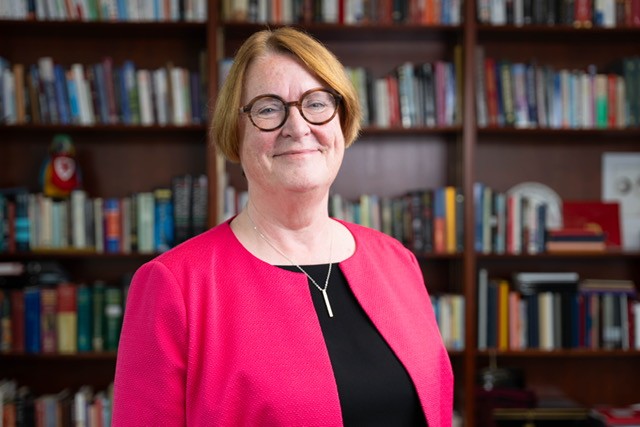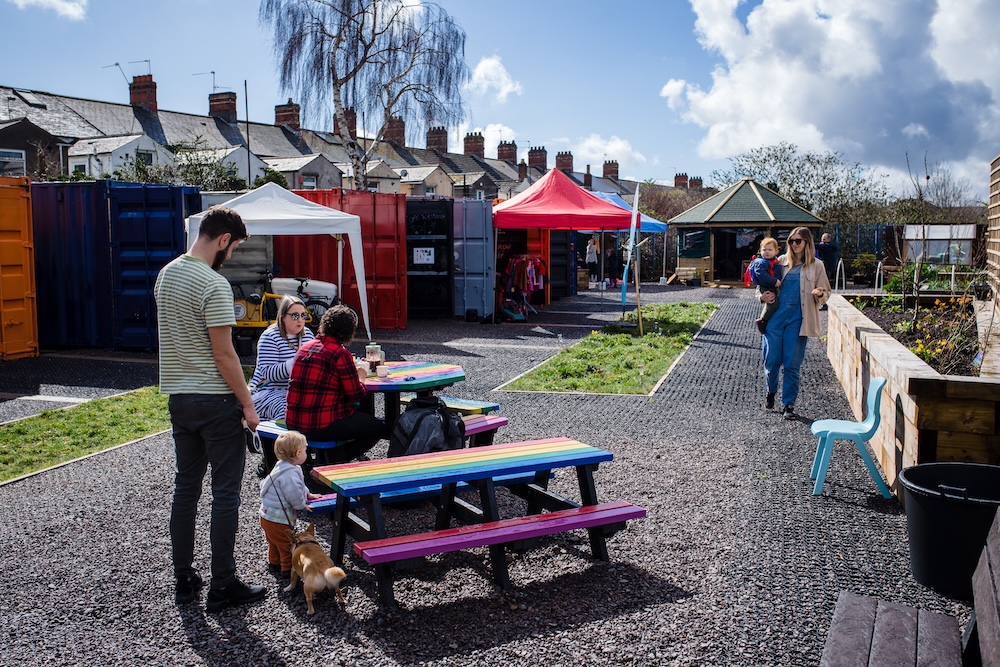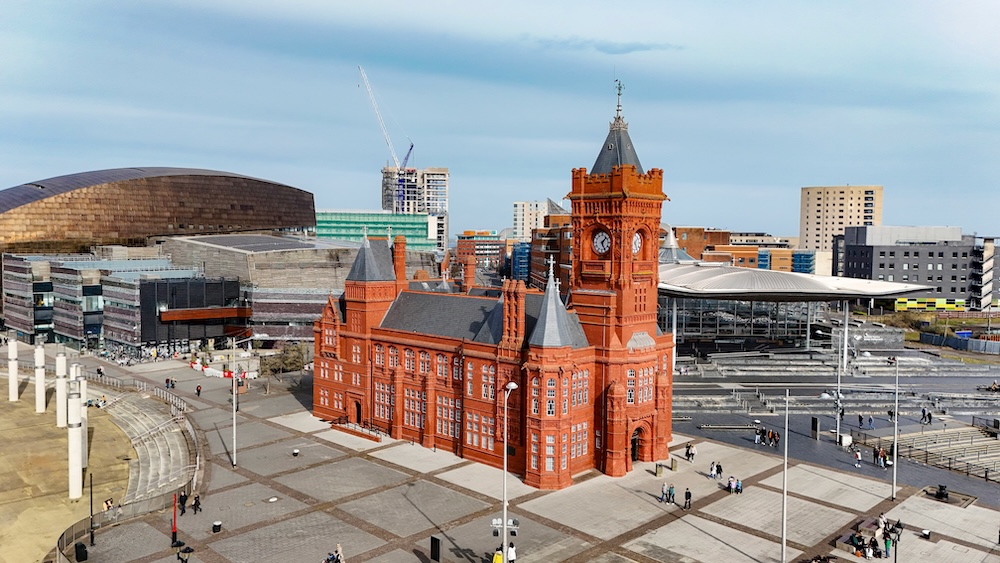Vicky Moller shines the spotlight on photovoltaics in Wales
There is little doubt Britain faces an energy crisis. All the political parties recognise the need to replace our ageing electricity generators, and the alarming rate at which our fossil fuels are depleting. Hence there is a serious push, at last, towards renewables, mostly large-scale windpower installations. Less in the limelight are the other renewable sources, one of which is photovoltaics or PV.
Eight years ago I made a film about microgeneration in the Preseli hills and was genuinely surprised at the popularity of this technology by those who knew their polycrystalline from their ground source heat pumps. Bob Robarts, wind and solar installer from west Wales, said, “I am coming round to the view that the future of domestic electricity is PV”. Keith Knight who edits Green Building, the magazine for the trade from his home in Carmarthenshire, loved the fact there was nothing to go wrong, no moving parts. “And on a sunny day I can put the kettle on and know it is powered directly from the sun!”
However, there are many questions. Does this mean importing the equipment, further depleting our dwindling balance of payments? Isn’t Britain, and especially Wales, too cloudy? How practical are photovoltaics when the cost is the highest of the established technologies? And with there being no production at night, and less in the winter, how can supply match demand?
This is where it gets interesting. There are three major PV assembly factories in Britain, two of them in Wales. I visited Sharp Solar’s Wrexham factory earlier this year, for the opening their Solar exhibition centre. It employs 20 per cent of west Wrexham’s workforce and is this global PV producer’s largest facility in Europe. Unfortunately, nearly all of the 5,000 panels produced every day in Wrexham are exported. West Wales and Cornwall receive the highest sunfall in Britain, the cool winds mask its effect. But it is sunlight not temperature that produces the electricity. Any day in winter, even though you may have to squint to look at the sky, the panels will still be producing significant amounts of electricity.
Unlike wind and water power Photovoltaics is a new technology and still developing. Although the main ingredient, silica, is everywhere in the earth’s crust, its processing is very expensive and energy hungry. But it is one of the few renewables that has researchers excited about potential breakthroughs. New materials are on the lab table, including organic ones replicating photosynthesis.
So what does this all mean for our future? How significant will something that only produces in bright light ever be? Wales is rich in pioneers and it is here that some of the answers to this are emerging. There are four times as many accredited PV installers in Wales per head of population than in Britain as a whole, reflecting an enthusiasm for this potential energy revolution. Off-grid households value PV highly. Jane Bell owner of the Druidstone hotel, perched on the cliff near the centre of St Brides Bay in Pembrokeshire, has an off-grid eco-house. She says it is her most popular accommodation, booked up for weekends a year ahead. Here the PV provides the power for lights, fridge and pump while a super heat-retaining wood stove covers heating. Apparently it kept everything going even one February when the wind turbine was down.
Pembrokeshire’s first off-grid community, Brithdir Mawr, point out that the times of peak power demand are generally when its windy and rainy, so there is plenty of water and wind power. But on long hot days the sun produces enough for the reduced demand. An off-grid woman builder from Ceredigion described her combination of water and PV power as “A perfect hybrid system”.
PV installers working in Wales
South West Wales
West Wales Renewables, Charles Holford, [email protected]
01974 298851 www.westwalesrenewableenergy.co.uk
Sustainergy, Bob Robarts, [email protected]
01239 821120, www.sustainergy.net
East Wales
Wind and Sun, [email protected]
01568 760671, www.windandsun.co.uk
Green Earth Energy , [email protected]
01981 241399, www.greenearthenergy.co.uk
South Wales
Filsol, [email protected]
01269 860229, www.filsolsolar.com
North Wales
Northern solar Energy, [email protected]
01502 801074, www.northernsolar.co.uk
However, there is a major cultural difference between the contented off-grid people and most of the rest of us. Those living solely on renewable energy are highly aware of the weather and watch the monitor, which shows how much surplus power they have. They use it accordingly. For example, jobs requiring large power tools are saved for windy weather and washing machines come on at night, in some cases with the electric heater replaced by a hot intake from the solar panels. These behaviour patterns are anticipating the ‘smart grid’, which will charge different rates for electricity according to shortages and excess. The lifestyle adaptations that the Welsh pioneers find fun will be incentivised in all of us, but by fiscal measures and without the delights of energy sovereignty.
What can be said with certainty is that there are reasons to worry. Our ageing power stations due to be decommissioned by 2020 are saving on repairs and hence have brought forward the date of closure to around 2015, according to a report commissioned for the Conservative party, and the same report expects our gas to be exhausted by this date. It anticipates brown outs, rationing, prohibitive pricing, or a combination of these.
Wales has been described as the Saudi Arabia of renewables. This should not be taken too literally. Oil is the compacted sunlight of thousands of years, a one-off gift of evolution that we have mostly burnt in a generation. Renewables represent the sunlight of the day, direct or stored as wind or wave. But as the people we filmed demonstrate, it is quite easy to live comfortable modern lives within the means of nature with a bit of behavioural intelligence and the wonderful technologies and materials we have developed on our oil holiday.





